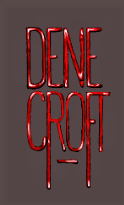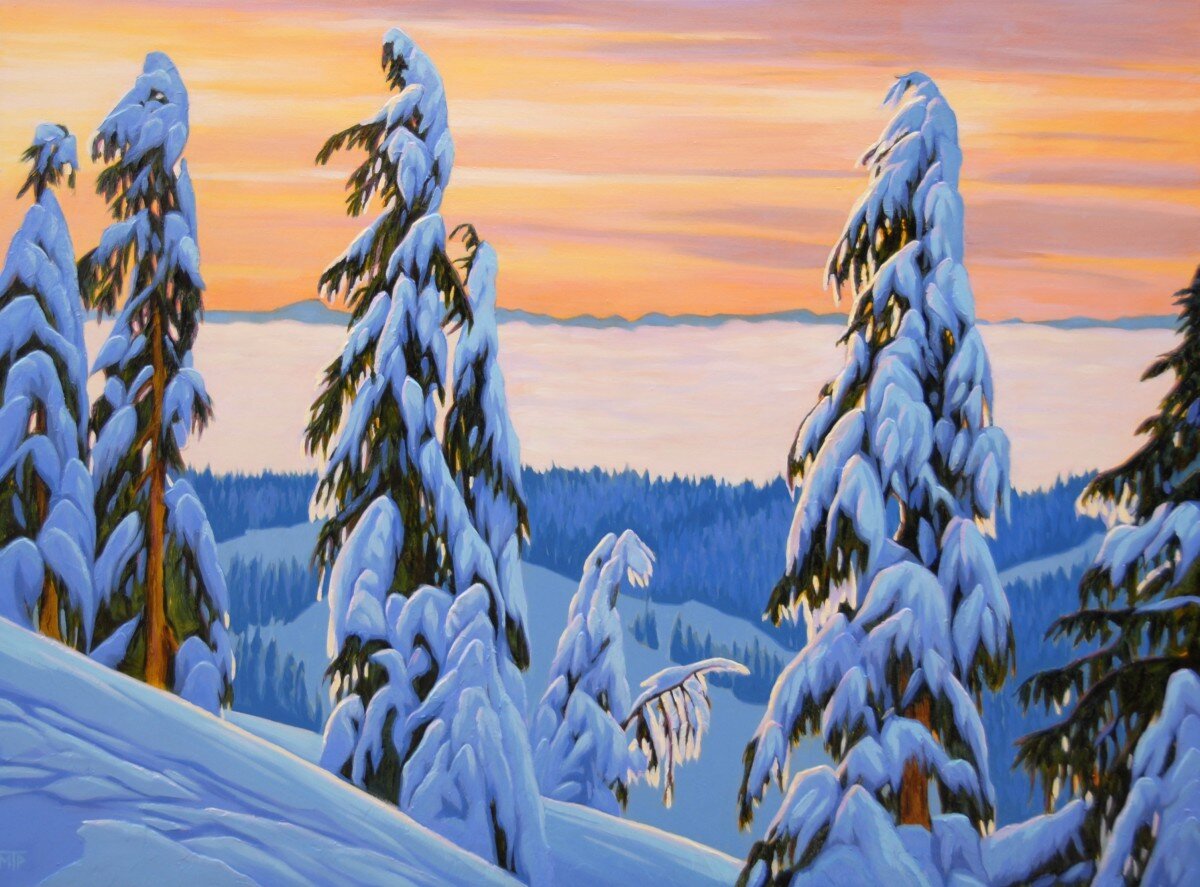In meeting current recommended covid protocol, numbers will be strictly limited for this workshop. please read the covid page on the website before reserving a space in this workshop
https://www.denecroft.com/covid-19-and-the-studio
Acrylic Painting Development Process with Tatjana Mirkov-Popovicki . . . .cost $280 incl.taxes
Learn how to quickly develop rich colour and surface in your acrylic landscape paintings using a variety of mark-making techniques. The students should have some experience with the acrylic medium.
Supply list:
Several small and medium canvases or canvas boards (e.g. 11x14, 16x20, or similar)
Acrylic artist's quality heavy-body paint: titanium white, cadmium yellow medium or light, ochre yellow, transparent red oxide, alizarin crimson or quinacridone red, cadmium red light, dioxazine purple, phthalo blue, phthalo green. Any other colors you have and like using.
Flat or bright synthetic brushes in various sizes (from #4 to #12). Hog bristle brushes are not suitable for this workshop, but you can bring a few if you have them and are skillful in using them.
One good large (2 inches wide) artist quality flat synthetic brush.
Some filbert brushes and brushes of other shapes if you have them. Also, bring palette knives if you have them.
Miscellaneous acrylic painting paraphernalia: palette, water sprayer, water container, soft cotton rags (important), paper towels.
Bring a variety of photographs with scenes you would like to paint. I will also bring some to share.
first Part of DAY 1: Building Blocks
Advantages of the acrylic medium that we will be using:
Acrylic paint used without additives dries relatively quickly
Subsequent layers do not compromise each other
Acrylic paint can be applied, and marks made, with a multitude of tools
Wide range of the paint viscosity can be used - very thick to very thin
Exercise: Layering and mark-making
- For this exercise, use cheap student-grade paint and scraps of canvas or small canvas boards
Gather a variety of mark-making tools (brushes, knives, sticks, old credit cards, brush ends, etc.)
Pick a photo reference and select an area with a simple but interesting pattern (tree, clump of rocks, water pattern, few clouds, etc.)
Replicate a selected pattern using as many techniques as you can: applying and wiping off transparent paint, wet-in-wet, scraping off, scratching in, applying thick blobs, smudging, dragging, dry-brushing, calligraphy, etc. Have funRepeat this exercise with several different patterns.
Second Part of DAY 1: Developing Texture in Landscape Painting
This type of the painting process focusses on quickly developing rich textures. We will apply the building blocks that we just learned. In landscape painting, they translate to:
Gestural brushstrokes to create interesting surfaces
Overlapping layers rather than painting around the shapes
Stopping often to assess the progress
Leaving the interesting marks alone
Make necessary changes on the go
Vary marks for different things
Develop the entire surface gradually
Examples of subject matter that is fun to paint this way:
- Foliage
- Clouds
- Mountain patterns
- Water patterns
- Rocks
- Bark
- Mostly anything found in nature
Exercise: Paint a simple landscape scene from the provided photo reference
Follow the demo, step by step.
Take the photo home and paint the scene again on your own time if you wish. Practice makes better!
First Part of DAY 2: Assess and Expand
Review and discuss the work done yesterday
Pick a photo reference for a more complex landscape painting
Let's learn how to approach a more complex landscape painting using the process we practiced yesterday. The instructor's demo will cover:
Colour and composition basics
Pigments, tools, and techniques
Underpainting with thin transparent pigments
Gestural block-in from darks to the lights
Reinforcing the design (finding patterns)
Project: Paint a landscape scene of your choice
Start working on your own from the provided photo reference on use your own. Try to follow the same painting process as the instructor. Use your own canvas or board, artist-quality paint, and your best tools for best results.
Second Part of DAY 2: Completion and Recap
Review progress and ask questions
Refinement and completion. The instructor's demo will cover:
Refining shapes and colours
Refining darks and lights
Adding details
Project: Continue working on your painting or start another one.
Feel free to take the provided reference material home and finish the pieces on your own.
Optionally, we can have a quick critique session at the end of the class.


